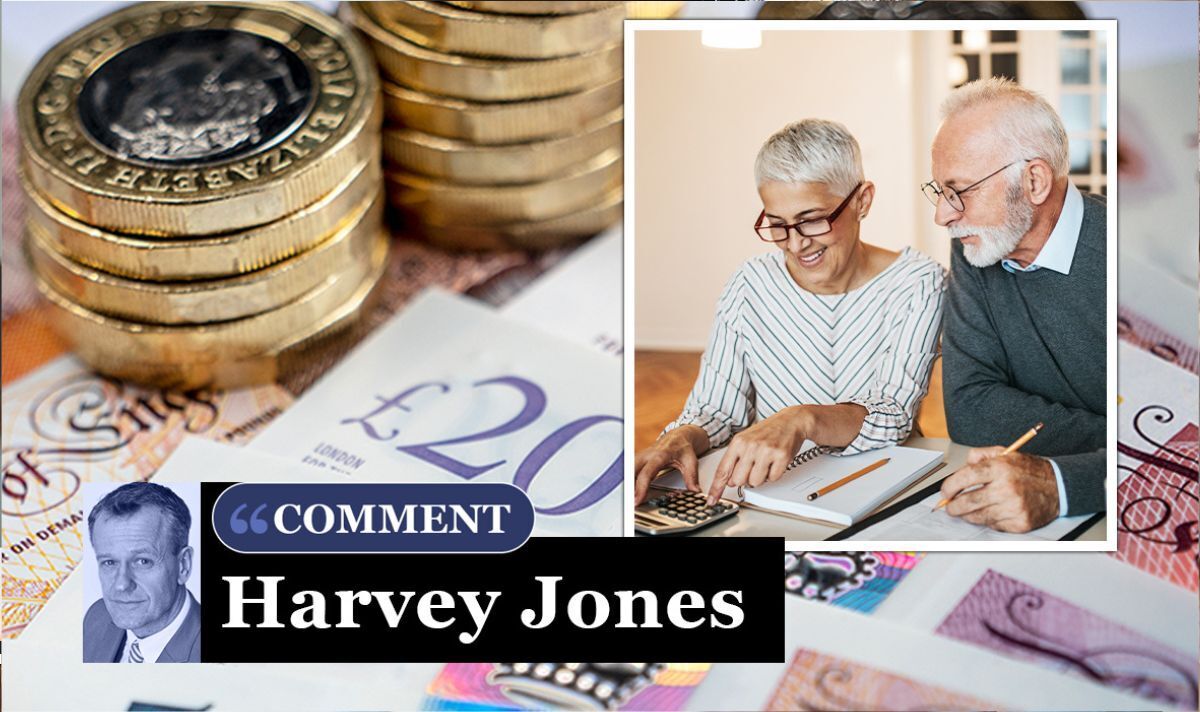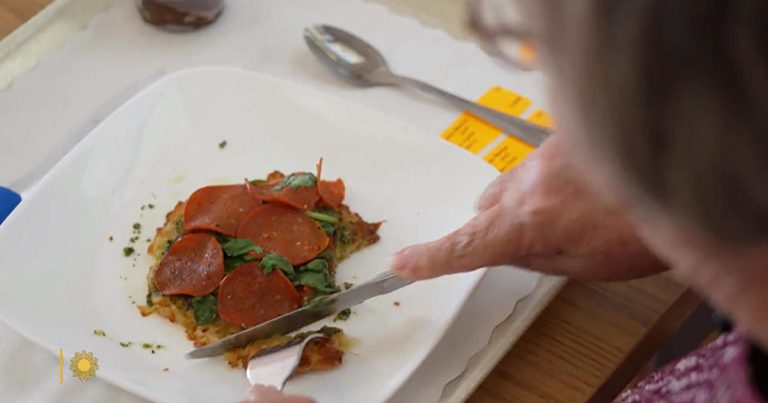
Markets were confidently predicting that June’s inflation figure would come in at 8.2 per cent, only a small drop from the atrociously high figures of 8.7 percent in both April and May. So for inflation to fall to a 15-month low of 7.9 percent is a big deal.
Even core inflation, which excludes volatile items like food and fuel, fell from 7.1 percent to 6.9 percent. That’s still way too high but economists didn’t think it would fall at all.
This doesn’t mean the cost-of-living crisis is close to being over, sadly, but it does point to light at the end of the tunnel.
The FTSE 100 rocketed as investors braced a collective sigh of relief, and it’s revealing to see which stocks are climbing fastest.
Housebuilders are up with a bullet. Shares in Persimmon had rocketed 7.51 per cent at time of writing, while Barratt Developments jumped 6.41 percent and Taylor Wimpey is up 6.24 percent.
The big builders crumbled as alarmists warned house prices would crash by up to 25 percent. Such talk was always overblown.
This is good news for homeowners terrified about the mortgage crunch. Mortgage rates won’t start falling yet, but within a few months the outlook could look a lot less alarming.
Next month will bring even better news.
Markets still expect the BoE to hike bank rate for the 14th consecutive meeting on August 3.
Before today, the prediction was for a jump from today’s five percent to 5.5 percent, with rates peaking at 6.5 percent or even seven percent.
Suddenly, those predictions look overblown, and markets have revised peak interest rate expectations to 5.75 percent. I’m not sure they’ll even go that high.
In my view, the BoE should stop hiking rates altogether, and let existing increases work through the system. Higher borrowing costs won’t do anything to reduce imported food and fuel prices.
The really good news comes next month, when July’s inflation figure is published.
That’s the one that everybody has been waiting for, because last year’s energy spike drops out of the annual figures as the new, lower price cap kicks in.
Food prices should start falling too.
That could drag the headline inflation rate below seven percent for the first time since early 2022.
Globally, inflation is beating a fast retreat, with US consumer prices falling to just three percent in June. The UK may have the highest inflation in the G7, but it can’t defy global trends for long.
Naturally, there are still threats. Many analysts are still fretting over the wage-price spiral, which saw earnings by 7.3 percent in the three months to May.
It’ll be hard to whittle down inflation to the BoE’s target of just two percent if wages continue to rise at that speed, as they will for a while.
Yet workers won’t be complaining if their pay is rising faster than prices, as is already happening in the US and looks set to happen here, too.
Savers have benefited from higher interest rates but today’s best buy deals of around six percent are still below inflation, which means deposits are still being eroded in real terms.
There is a strong argument for locking into one of today’s best buy fixed-rate bonds, which currently pay more than six percent.
With luck, by the autumn that could be an inflation-busting return.
Today isn’t the end of the inflation nightmare but we should cast aside our customary gloom for a moment or two. Things are looking up.







